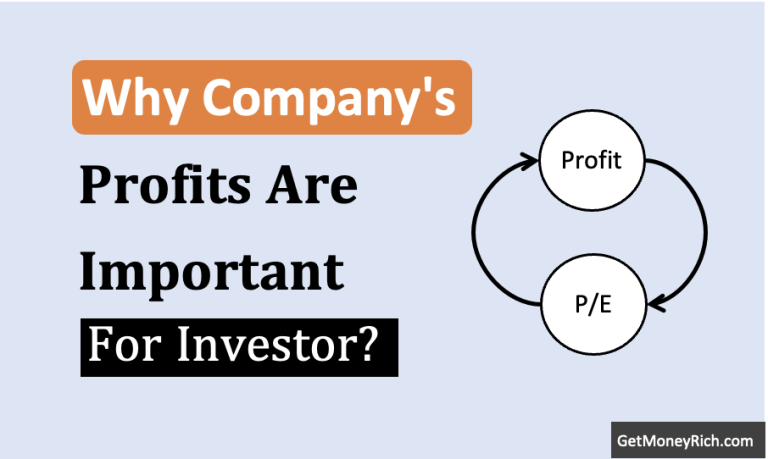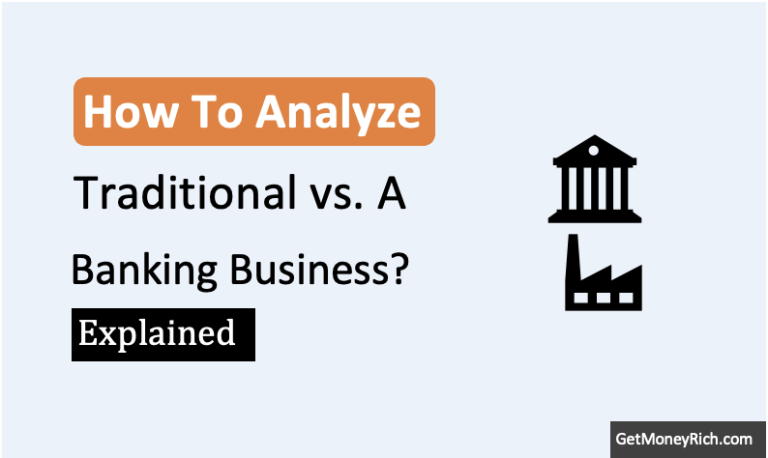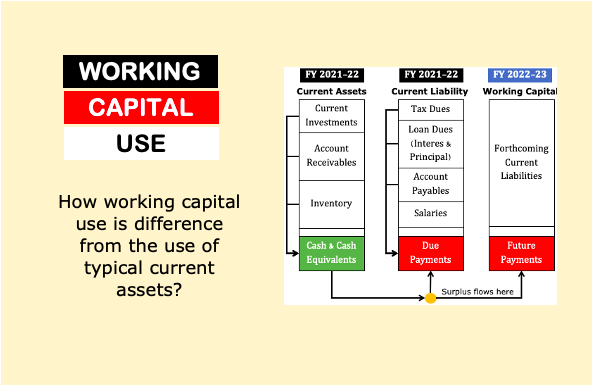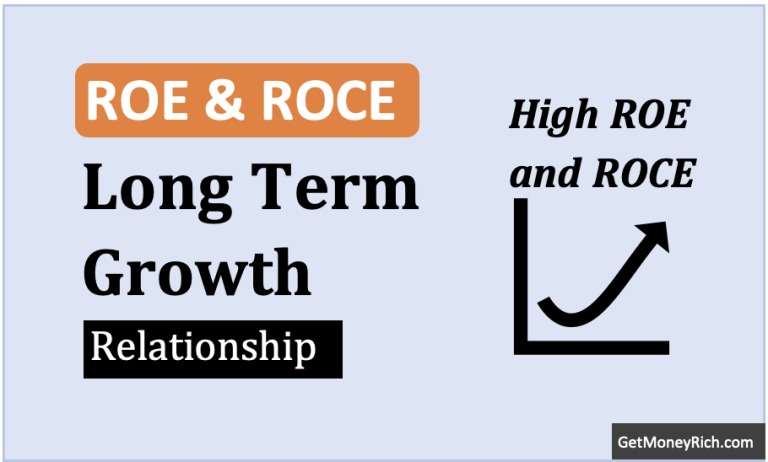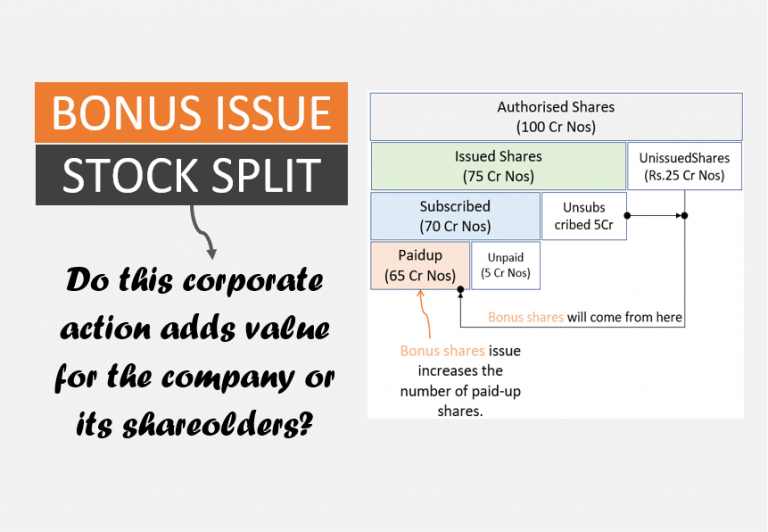ESOP Share Value Calculator
Estimate the value of your ESOP shares for any company
Please fill all fields with valid numbers.
Please fill all fields with valid numbers.
Summary:
- How Indian employees can value, sell, and manage ESOP shares in unlisted companies, covering basics, tax implications, and strategic decisions like selling before or after leaving, with practical tools like ESOP Tax Calculator and a ESOP Quiz.
Introduction
If you’re reading my blog pose, there are chances that you’ve been granted Employee Stock Ownership Plan (ESOP) shares by your company. Maybe you’re thrilled about the potential wealth it could bring. But you must also be perhaps scratching your head, wondering what these shares are actually worth.
As an employee, I know how exciting yet confusing ESOPs can be, especially when your company isn’t listed on the stock exchange.
So I thought to research and write a valuable blog post of this topic. My focus will be mainly on unlisted companies, but almost same logics apply to listed companies as well.
The idea of this post it to figure out what these shares mean for us.
I’ll also cover the basics, how to sell them, tax implications, and whether you should sell before or after leaving your company.
So, Stick with me, I’ll try to make this post a practical, no-nonsense guide.
Table of Contents
1. What Are ESOPs?
I would like you to imagine this kind of a situation.
You’ve been working for a company let’s say for the last 10 years. One day, your HR team announces that you’re getting ESOPs. In addition to your regular appraisal, the management has decided to give you a few shares of the company.
It might sounds fancy, but what does it mean?
ESOPs are a way for companies to give their employees a stake in the business. Employees get the chance to own shares of the company they work for. ESOP shares are often ofered to eomployees at a discounted price and sometimes even for free.
It’s like being rewarded with a perspective of company’s future success. As the company grows, the employess will also benefit as they too are the shareholders in the compmy.
In India, ESOPs are becoming popular.
Big tech giants, startups, and even small firms, Start ups are using ESOPs to attract and retain talent.
For employees, especially those in their 20s and 30s, ESOPs feel like a golden ticket. But there is a catch, especially if your company is unlisted. Most of the startups and private firms are not listed in the stock market. Hence, valuing and selling those shares isn’t straightforward.
Allow me to share more details of it.
2. Why ESOPs Matter Employees
As an ESOP holder, you’re not just an employee, you’re a proportions owner of the company.
This is a big change for those people who gets shares via ESOPs. These shares are not given to anybody, only a selected few employees get them. The Board Directors wants these people to not just work as employees, but start thinking like “they too own the business.”
These shares could grow in value if the company does well.
This of it like this, you are currently working for a startup thats going to becomes the next big thing. In the later years, your ESOPs could be worth a fortune.
But this is where most people start getting confused about ESOPs. Why? For an unlisted company, the exmployess do not know the share price of the shares they own. Had it been a listed company, they could check the NSE/BSE websites to know the share price.
But for unlisted companies, there’s no stock market ticker to tell you the share price.
So, how do you know what your shares are worth? And what happens when you want to cash in?
These are questions that’s I’m going to answer in this blog post.
3. ESOP Basics
Let’s start with the fundamentals.
When you’re granted ESOPs, you don’t own the shares right away. There’s usually a vesting period. It can be in some cases as long as 4 years. Withing this time range, you gradually get all the shares that was promised to you by the company.
For example, if you’re granted 1,000 shares with a 4-year vesting schedule, you might get 250 shares each year. Once vested, you can exercise your option to buy the shares at a predetermined price, called the exercise price.
If the company’s value grows, the market value of the shares could be much higher than the exercise price. Your profit is the difference between the market value and what you paid.
[Note: Suppose your vesting period was 4 years. If your company closes operations after 2.5 years, your vested ESOP shares (earned up to that point) may be repurchased by the company. Or, it can also become worthless, depending on the company’s liquidation process and ESOP agreement. While on the unvested shares, you no longer would have any rights.]
But for unlisted companies, figuring out that market value is tricky (you can use the above calculator to get a rough estimate of your ESOP shares).
Let’s explore further to get a better idea about how to value ESOP shares (especially of an unlisted company).
4. Valuing ESOP Shares in Unlisted Companies
An ESOP holder of an unlisted company might wonder, “How much are my shares really worth?”
Unlike listed companies, where share prices are updated daily on the BSE or NSE, unlisted companies don’t have a public market.
So, valuation becomes a bit like solving a puzzle. Here are the two main methods that I generally use to value shares of ESOP shares:
- Discounted Cash Flow (DCF): This method looks at the company’s future free cash flows. We can estimate how much money (free cash) the company can generate say in next 5 years. Once these values are know, then we must discount those cash flows to today’s value using a rate called the Weighted Average Cost of Capital (WACC). DCF Method is like asking, “If the company keeps growing at a certain rate, what’s is the value of the company as of today?” The total value is divided by the number of shares gives us the per-share value. To know more about the DCF calculation, you can read this post.
- EV/EBITDA Multiple: This approach compares your company to similar businesses. It uses a multiple of the company’s EBITDA to find a fair value of the shares. For example, if similar companies trade at 8x EBITDA, your company’s EBITDA is multiplied by 8 to estimate its enterprise value (EV). Then, subtract debt from the calculated EV, and you get the equity value. Divide the equity value by the shares outstanding to know the per-share value of your shares. I’ll suggest you to read this post of EV/EBITDA multiple for more clarity.
If these methods are sounding too complicated for you, I’ll suggest you to use this free online calculator to estimate your ESOP value. It’s a handy tool that can give you quick answers.
Generaaly, you can also ask your company to help you with this valuation analysis. Your company will hire professional valuers to provide a more accurate figure. But for the moment, you can use my calculator. It’s pretty accurate (but not exact for sure).
5. Challenges of Valuing Unlisted ESOPs
Valuing unlisted shares isn’t easy. Why? There’s no public market to set the price.
Financial data might not be transparent.
If we are dealing with Startups, as their future is uncertain, valuing such companies is a challenge.
I remember chatting with a colleague who was frustrated because his startup’s valuation seemed to change with every investor meeting. It’s normal for unlisted companies to have fluctuating valuations based on funding rounds or market conditions.
Another challenge is liquidity.
Even if your shares are worth Rs.500 each on paper, you can’t sell them easily. Why? Because there will be very limited buyers of shares of an unlisted companies. Moreover, there may also be restrictions in the ESOP agreement, such as a right of first refusal for the company. You may require proper approval for external sales.
This brings us to the next big question, how do you turn those shares into actual money?
6. How To Sell ESOP Shares
An ESOP holder might want to sell shares.
The process differs significantly between listed and unlisted companies.
6.1 Selling Shares in Listed Companies
If your company is listed, selling ESOP shares is straightforward.
Once your shares are vested and exercised, they’re credited to your personal demat account. You can sell them on the stock exchange through a broker, just like any other stock.
The price is set by the market, so you know exactly what you’re getting.
For example, if you sell 100 shares at Rs.200 each, you pocket Rs.20,000 (minus brokerage charges, taxes, duties, etc).
6.2 Selling Shares in Unlisted Companies
For unlisted companies, it’s a different story.
There’s no stock exchange to trade on, so selling is trickier.
Here are the common ways to sell unlisted ESOP shares:
- Company Buyback: Many unlisted companies offer buyback programs, where they repurchase shares from employees at a set price. This is often the easiest option. For instance, my friend at a startup sold his ESOP shares during a buyback when the company raised new funding.
- Private Sale: You might find a buyer, like another employee, an investor, or a third party, willing to purchase your shares. This requires negotiating the price and complying with the company’s transfer policies. Platforms like UnlistedZone or Planify in India facilitate such trades. But if you are selling these shares back to you company, be prepared for the liquidity issue, you’ll have to wait long as there are not many buyers for such shares.
- Funding Rounds: During a funding round, investors may offer to buy out employee shares as part of the deal. When a startup was acquired, employees are offered a chance to cash out.
- IPO or Acquisition: This is the best case scenario for employee who has ESOP shares. If your company goes public (IPO) or is acquired, your shares become liquid. You can sell them on the stock exchange post-IPO or receive cash/shares from the acquiring company.
Selling unlisted shares often depends on the company’s policies and market conditions. Always be fully aware of your ESOP agreement for restrictions.
For example, if there is a right of first refusal clause, your company gets to buy your shares before you sell to someone else.
7. Tax Implications of Selling ESOP Shares
ESOP Tax Calculator
Calculate the taxes on your ESOP shares when exercising and selling!
Please fill all fields with valid numbers.
Selling ESOP shares comes with tax implications.
Taxes apply at two stages: when you exercise your options and when you sell the shares.
- Tax on Exercise: When you exercise your ESOPs (buy the shares at the exercise price), the difference between the fair market value (FMV) of the shares and the exercise price is treated as a perquisite under Section 17(2) of the Income Tax Act. This is added to your salary income and taxed at your income tax slab rate:
- For example, if you exercise 1,000 shares at Rs.10 each, but the FMV is Rs.50, the perquisite is (Rs.50 – Rs.10) × 1,000 = Rs.40,000. If you’re in the 30% tax bracket, you’ll have to pay Rs.12,000 in tax. For unlisted companies, the FMV is determined by a chartered accountant or merchant banker, often based on recent valuations.
- Tax on Sale: When you sell the shares, you’re taxed on the capital gains, which is the difference between the sale price and the FMV at exercise. The tax depends on how long you hold the shares:
- Short-Term Capital Gains (STCG): If you sell within 12 months of exercise, the gain is taxed at 15% (plus surcharge and cess). For example, if you sell 1,000 shares at Rs.70 each (FMV at exercise: Rs.50), the gain is (Rs.70 – Rs.50) × 1,000 = Rs.20,000. At a 30% rate you will pay Rs.3,000 as tax.
- Long-Term Capital Gains (LTCG): If you hold for more than 12 months, gains above Rs.1 lakh are taxed at 10% (plus surcharge and cess).
For unlisted companies, the lack of a public market can complicate FMV determination, so companies often provide a valuation report.
8. Should You Sell ESOP Shares Before or After Leaving the Company?
If you’re planning to leave your company, you might wonder whether to sell your ESOP shares before or after. This decision depends on whether the company is listed or unlisted, as well as your ESOP agreement.
Let’s explore both scenarios.
8.1 Listed Companies
In a listed company, you generally have more flexibility.
Once your shares are vested and exercised, they’re in your demat account, and you can sell them anytime through the stock exchange. Till your shares are in you demat account, leaving the company doesn’t typically affect your ability to sell.
What about if there are some unvested ESOP shares?
However, check your ESOP plan. Some companies require you to exercise unvested options within a short period (e.g., 90 days) after leaving, or you’ll have to forfeit them all together.
If you haven’t exercised your rights yet, it might make sense to do so before leaving, especially if the market price is much higher than the exercise price.
Selling before leaving can provide cash flow if you need it. But if you believe the company’s stock will rise, holding and selling later might be better.
It’s a personal call, I would personally prefer to hold the stock is the quality of the business is strong.
8.2 Unlisted Companies
For unlisted companies, the decision is more complex. Liquidity is limited, and your ESOP agreement plays a big role. Here’s what to consider:
- Before Leaving: Many unlisted companies offer buyback programs, especially during funding rounds. If a buyback is available, selling before you leave can be a smart move. You get cash at a predetermined price, often based on a recent valuation. However, buybacks aren’t guaranteed, and you might need to wait for the right opportunity.
- After Leaving: Some ESOP plans require you to exercise vested options within a specific period after leaving (e.g., 3–6 months), or you lose them. Selling after leaving is possible if the company allows it, but it’s harder. Buybacks might not be offered, and private sales require finding a buyer, which isn’t easy. Plus, the company might impose restrictions, like a right of first refusal.
My advice? If a buyback is on the table, consider selling before you leave to lock in value.
If you’re confident in the company’s future (e.g., an IPO is rumored), you might exercise and hold, but be prepared for illiquidity.
9. A Story I Personall About ESOP Shares
A few years ago, my friend joined a startup that offered ESOPs.
He was in his early 50s, and the idea of owning a piece of the company and also working for it felt exciting.
But he had no clue how to value his shares or what to do with them. When the company announced a buyback, he used a simple calculator (like the one above) to estimate the worth of his shares.
It wasn’t perfect, but it gave him a ballpark figure.
He sold a portion during the buyback and kept some shares, hoping for an IPO.
10. The ESOP Quiz
Are You Ready to Manage Your ESOPs?
Test your ESOP knowledge with this 15-question quiz! Answer one question at a time and see how you score.
Questions remaining: 15
1. What is an ESOP?
Please select an answer.
FAQs
Got questions about your ESOPs? Here are some common ones I’ve heard from fellow employees, answered briefly:
If your shares are vested, you can usually exercise them within a set period (check your ESOP plan). Unvested shares are typically forfeited. For unlisted companies, you might need to wait for a buyback or find a private buyer.
The FMV is usually calculated by a chartered accountant or merchant banker using methods like DCF or EV/EBITDA, often tied to recent funding rounds or valuations.
Not always. Your ESOP agreement may restrict sales, requiring company approval or a right of first refusal. Private sales are possible but need a willing buyer and compliance with company rules.
Yes, at exercise (as a perquisite, taxed as salary) and at sale (as capital gains, short-term or long-term). Consult a tax advisor to plan your taxes.
It depends. If the FMV is much higher than the exercise price and you expect a buyback or IPO, exercising early can lock in value. But if liquidity is limited, you might wait.
They can, if the company grows significantly or goes public. But there’s risk,m any startups fail, and unlisted shares can be illiquid. Diversify your investments to manage risk.
Conclusion
Being an ESOP holder in an unlisted company can turn into a fortune or may even become worthless.
The key is understanding what you own (quality of the company).
Valuing your shares and knowing how to sell them is also a key.
Whether you’re planning to leave your company or just curious about your ESOPs’ worth, always read your agreement. You can also talk to the HR, and maybe even use a calculator like the one above to get a sense of your shares’ value.
ESOPs are still a new concept in India, but they’re a powerful way to share in your company’s success.
Have a happy investing.

